How to use PyQGIS as standalone script on Ubuntu
Today I wanted to hack together a standalone script using PyQGIS, the QGIS Python bindings, to write a small prototype. I hadn’t written such a standalone script yet,…
I started studying geography in 2007 at the Freie Universität Berlin. My Interests are quite diverse, from politics over archeology and geology. But my focus is definitely on geographical information systems (GIS). I am working a lot with Linux and open source software. That is why you most probably will read articles about QGIS, GRASS GIS and Ubuntu Linux from me.
Today I wanted to hack together a standalone script using PyQGIS, the QGIS Python bindings, to write a small prototype. I hadn’t written such a standalone script yet,…

On 24th of February, the QGIS developers have officially released QGIS 3 (codename “Girona”). It is the third major version of the free and open source cross-platform GIS…
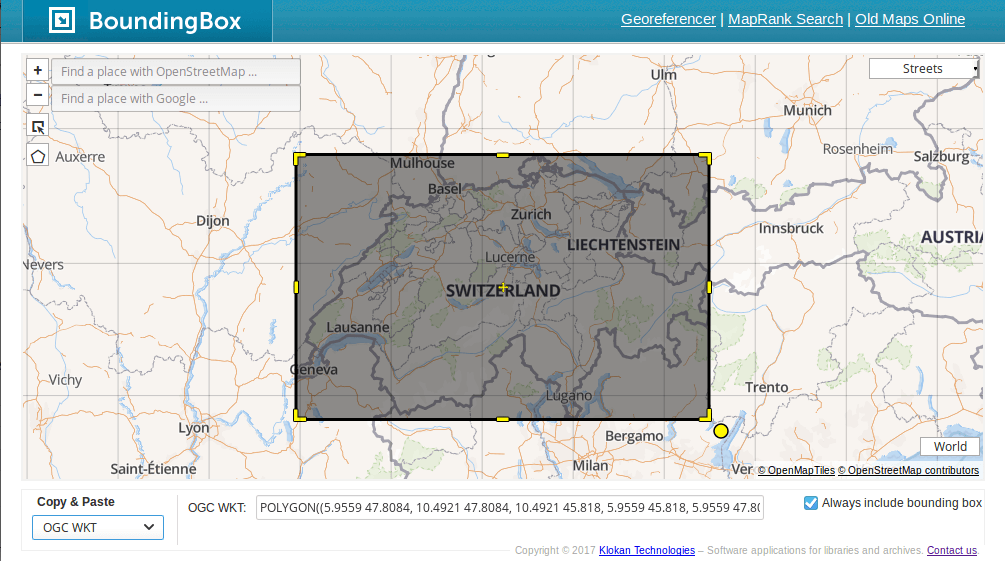
Bounding boxes are crucial for a lot of geospatial projects: wether you need to limit the extent of your web mapping application or need to cut your research…
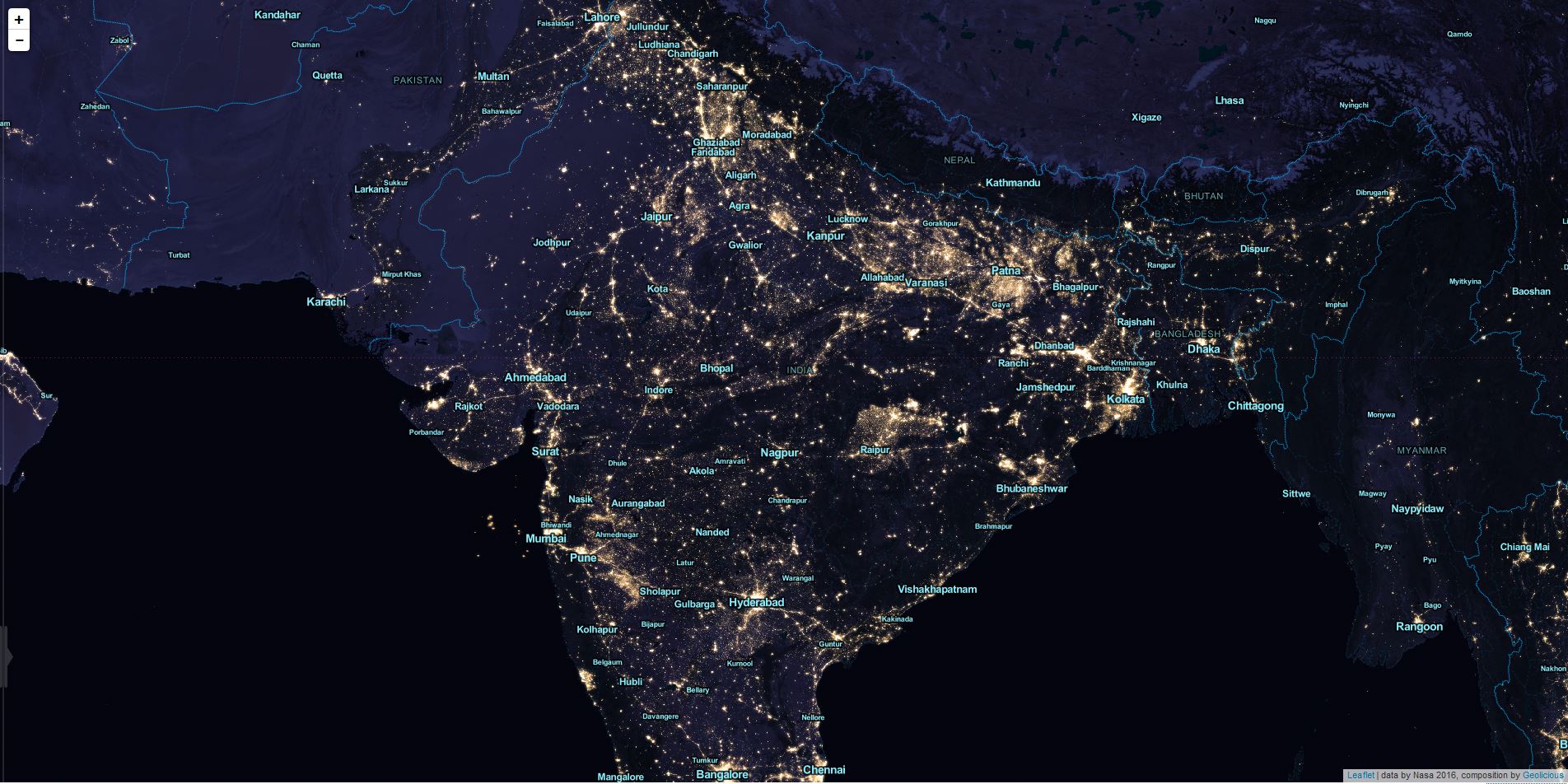
Tiled map layers are an important part of the digital mapping stack, since Google and others introduced their slippy maps quite some time ago. There’s a huge ecosystem…

There is this time of the year when the presents are unboxed and the new year hasn’t started yet, when a lot of people (including me) find some…
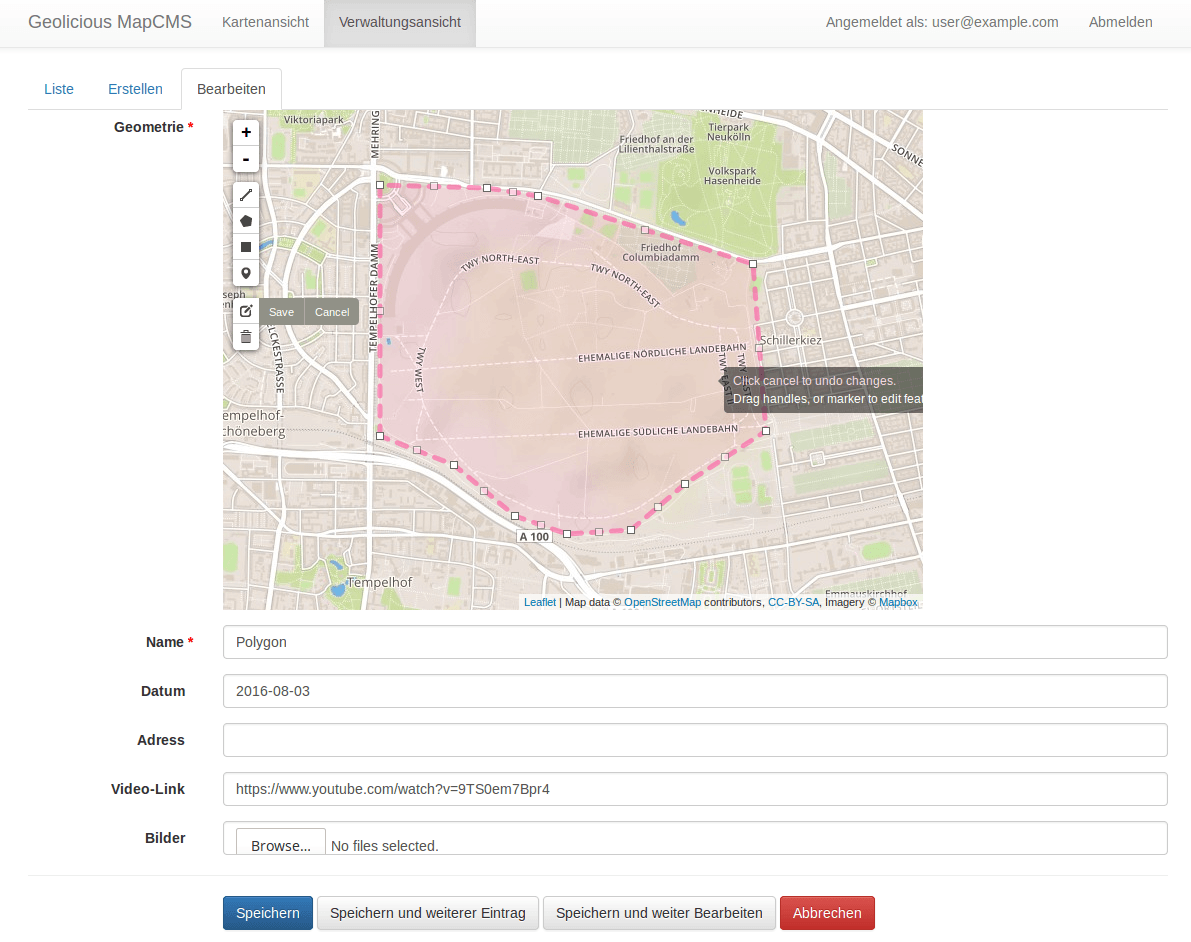
Over the last couple of years, we have seen an increase in demand and offerings of geospatial solutions in the cloud for tasks like web map creation, centralized…
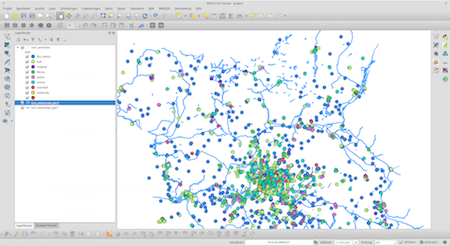
I often find myself in a situation where I want to work with large areas and datasets of OpenStreetMap data. No matter if you want to use them…

When working with raster datasets, it is hard to keep an overview of the raster files in use and their coverage. Most raster data providers may keep metadata…
Dear Readers! At the moment I am working on my master thesis with the focus on stratigraphic data workflows. I have the impression that there is a lot…
Everyone working with data knows the problem: You found some interesting data for your journalistic project or statistics for preparing a nice map, but the data comes messy…
I just found a nice web interface for converting Shapefiles to geoJSON, the preferred format of vector geodata on the web. And yes, you can also convert back…
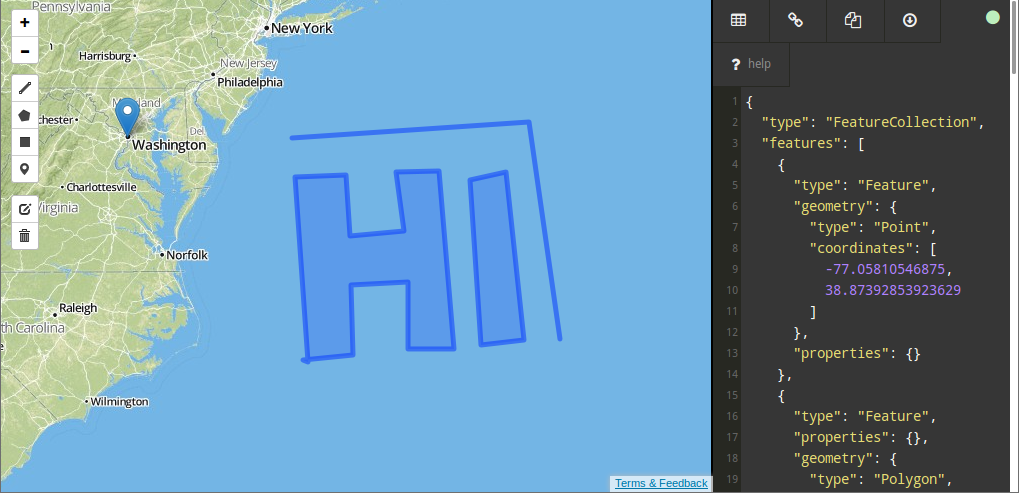
The web is built upon a small set of languages that are present everywhere. Besides HTML, Javascript is the most common technology around here. So it is not…